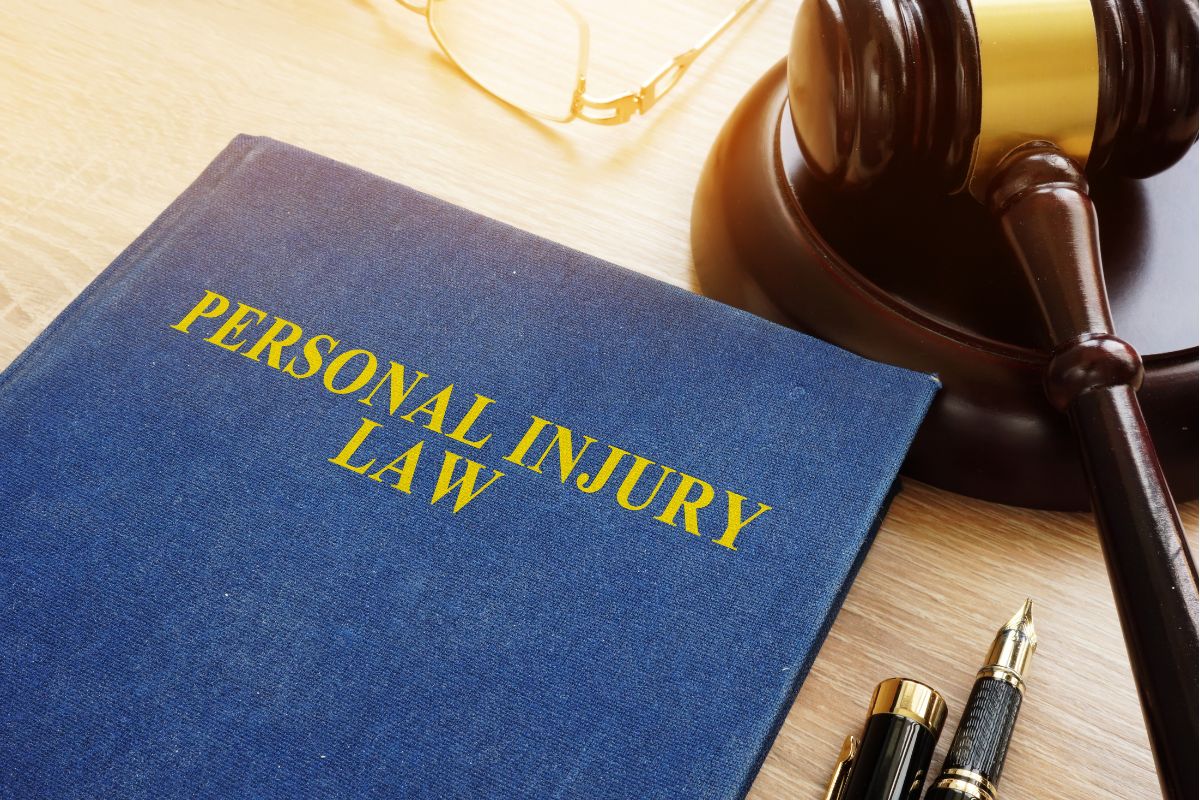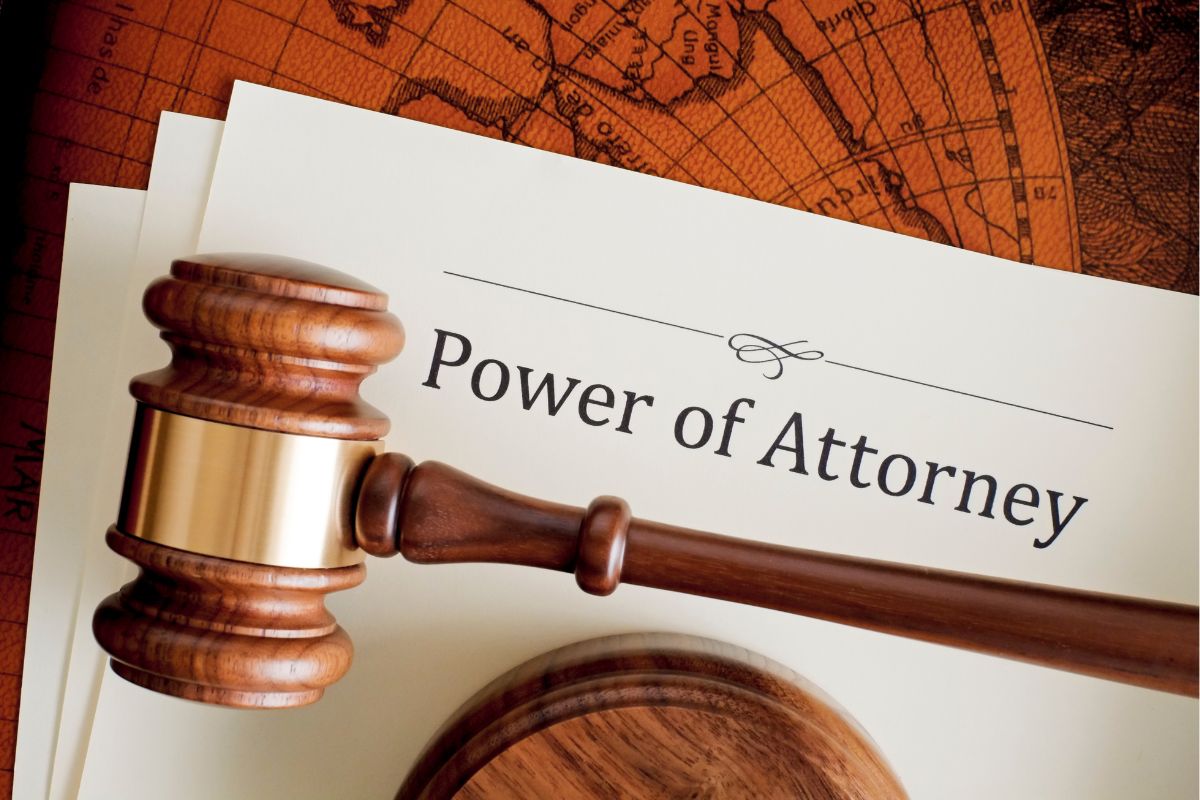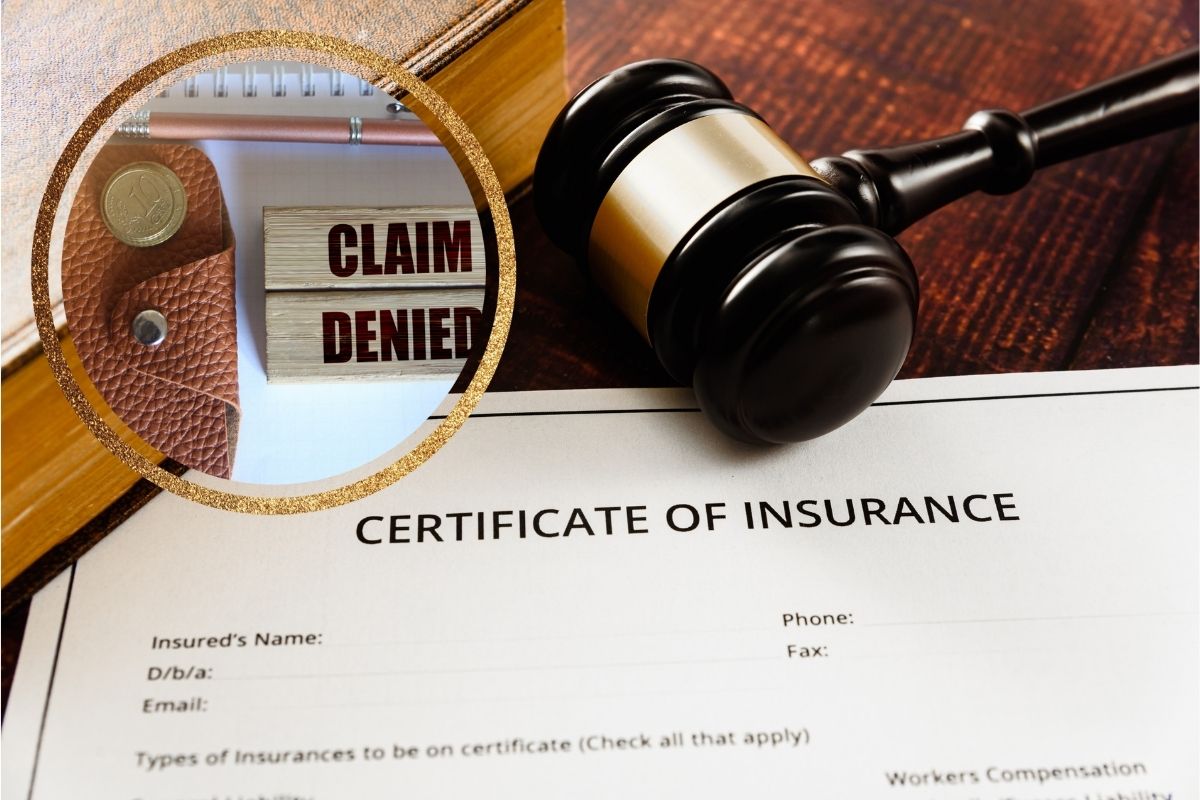
Filing a personal injury lawsuit can feel overwhelming, especially when you’re already dealing with pain, medical bills, and lost wages. You might wonder where to start or whether you even have a case.
The good news?
The legal system allows you to seek compensation when someone else’s negligence causes harm. Understanding the steps involved can bring a sense of relief and make the process far less intimidating.
Every step plays a crucial role in your case’s success, from gathering evidence to negotiating settlements or going to trial. Knowing what to expect can empower you to make informed decisions and avoid costly mistakes, reducing anxiety.
Whether you’re considering legal action or just exploring your options, this guide is here to support you. It will walk you through the essential steps to filing a personal injury lawsuit—and getting the justice you deserve.
Step 1: Seeking Medical Attention and Documenting Injuries
After an injury, the first and most crucial step is to seek immediate medical care. This not only safeguards your health but also plays a pivotal role in your case. Medical records serve as evidence to demonstrate the severity of your injuries and their impact on your life. Any delay in seeking treatment can potentially weaken your claim, so it’s essential to seek medical care as soon as possible.
- Prompt medical attention ensures you get the treatment you need.
- Medical records serve as a key piece of evidence.
- Proper injury documentation strengthens your case and establishes a timeline of care.
Step 2: Consulting a Personal Injury Attorney
One of the most significant steps after an accident is to engage the services of a personal injury attorney. A competent lawyer can assess the strength of your case, guide you through legal intricacies, and advocate for the compensation you deserve. Attorneys are adept at negotiating with insurance companies and fighting for a fair settlement.
- An attorney evaluates whether you have a valid case.
- Lawyers handle the legal complexities, reducing your stress.
- Experienced attorneys negotiate settlements to ensure fair compensation.
Step 3: Filing the Personal Injury Complaint
The process of filing a personal injury lawsuit commences with the submission of a formal complaint. This legal document outlines your injuries, the negligence of the responsible party, and the damages you are seeking. A well-crafted complaint sets the stage for your case, underscoring the importance of getting it right. It’s crucial to remember that there are strict deadlines, known as the statute of limitations, for filing your complaint.
- The complaint must detail the cause of your injuries and damages.
- Statutes of limitations impose strict deadlines for filing lawsuits.
- A transparent, concise complaint ensures your case moves forward smoothly.
Step 4: The Discovery Phase
The discovery phase is a critical part of the lawsuit process. Both sides exchange information to build their cases. This can involve written questions (interrogatories), formal statements (depositions), and expert testimony. During discovery, your attorney gathers evidence to strengthen your case, while the opposing side will do the same.
- Discovery allows both sides to gather essential evidence.
- Depositions and interrogatories provide valuable information.
- Expert testimony can clarify complex aspects of your case.
Step 5: Settlement Negotiations and Mediation
Most personal injury cases are settled through negotiation before going to trial. Negotiation allows both parties to reach a fair agreement without the time and cost of a trial. If negotiations don’t work, mediation can step in as an alternative way to resolve disputes, often with the help of a neutral third party.
- Many cases are resolved through settlement negotiations.
- Mediation offers an alternative to a lengthy trial.
- Negotiating with an attorney can lead to a fair outcome without court.
Step 6: Preparing for Trial (If Necessary)
Your case will proceed to trial if a settlement cannot be reached. Your attorney will help you prepare by gathering evidence, lining up witnesses, and reviewing the facts. Both sides present their arguments during the trial, and the court will determine compensation. Although trials can be lengthy, they allow you to hear your case in front of a judge.
- Trial preparation involves gathering evidence and witness testimony.
- Legal representation is crucial for presenting your case effectively.
- The court will determine compensation based on the facts and arguments presented.
Filing a personal injury lawsuit can feel overwhelming, but knowing the steps can make the process more manageable. Each lawsuit stage is crucial for building a strong case, from seeking medical attention to consulting a skilled attorney. Take action quickly; with the proper support, you can maximize your chances of a successful outcome.




